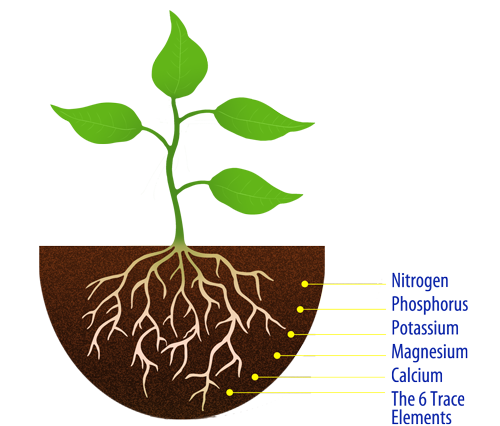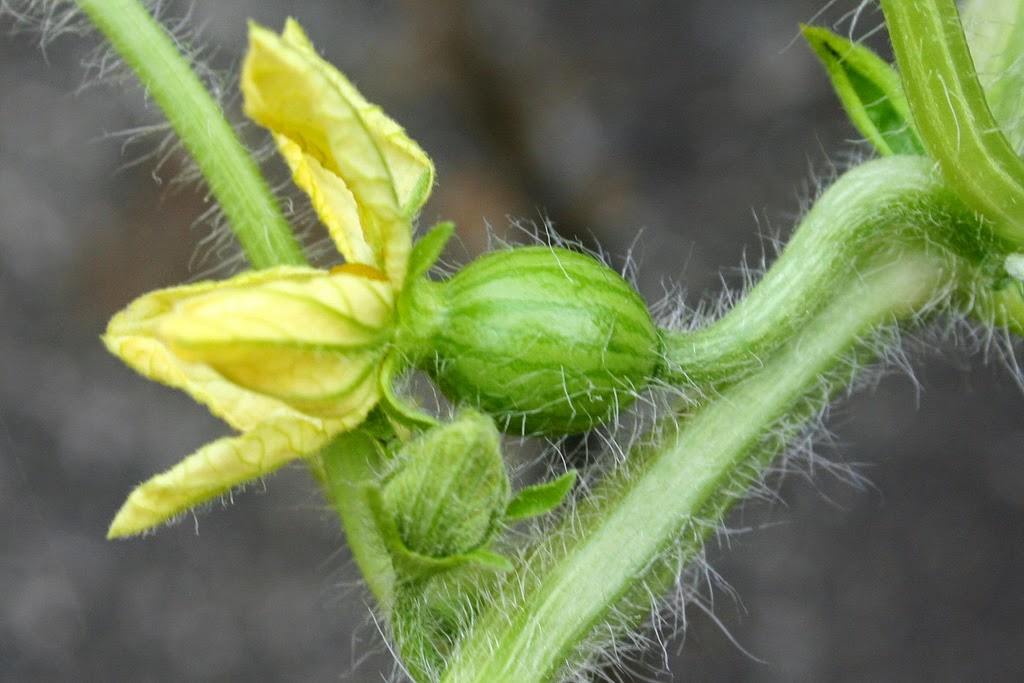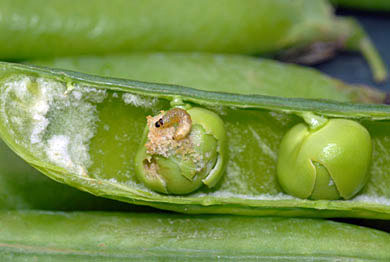Factors Affecting Storage of Onion and Garlic :-
Selection of Varieties:- The storage capacity of all varieties is not uniform. The varieties of onion produced in kharif are not sustainable. In the Rabi season varieties of onion are usually stored for 4-5 months.It can be less or more according to the variety.Experiences of the last 10-15 years show that N-2-4-2, Agrifound Light Red, Arka Niketan etc. varieties can be stored well for 4-5 months. Garlic Variety G-1, G-2, G 50 and G-323 etc. can be stored for 6 to 8 months.
Fertilizer and Water Management:- The quantity and type of fertilizer and water management effects on the storage of garlic and Onion. Apply FYM increase storage capacity. Therefore it is necessary to use more quantity of FYM or green manure. Recommended dose of Nitrogen @ 150 Kg, Phosphorus @ 50 Kg and Potash @ 50 Kg per hectare for Onion and Garlic Cultivation. If possible, all nitrogen dose should be given through organic fertilizers and should be given before 60 days after transplantation. By giving late nitrogen, the stems (neck) of the plants become thick and the onion does not store and there is more outbreaks of fungal diseases, as well as sprouting. Potassium amount 50 Kg raised from 80 kg Per hectare should be given. For the use of ammonium sulphate, single super phosphate or potassium sulphate, the plants get adequate quantity of sulfur after transplantation.
Atmosphere of storage room:- Temperatures and relative humidity are important factors for the storage of onions and garlic for longer periods. More humidity (more than 70%) is the biggest enemy of onion storage.This increases the wrath of the fungus and the onion starts rotting. And when the humidity is low (more than 65%), the transpiration of onion is high and the weight decreases more.For good storage, the storage houses are 25-30 °C and humidity should be between 65-70 percent. In the months of May-June, due to high temperature and reduced humidity of the warehouses, weight loss is high. Moisture is more than 70 percent from July to September. This increases the rot. At the same time, in the October-November low temperature, the problem of sprouting increases.
Like and share with other farmers by clicking on button below
Share








